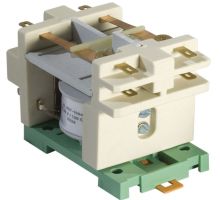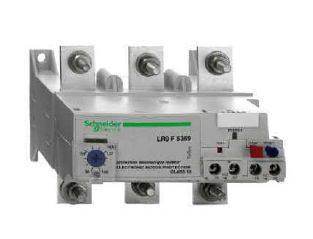What Is Relay Coordination
In every electrical network, protection should be designed in such a way that protective relays should isolate the faulty portion of the network as early as possible, to prevent damage of the equipment, injury to personnel and to ensure minimum system distraction enabling continuous supply to healthy network.
When relays are meant to protect specified equipments, transmission/distribution lines/feeders or primary zone protective relays, do not operate and clear the fault in their primary protection zone, backup relays located in the backup zone, should operate to isolate the fault, after providing sufficient time discrimination for the operation of the primary zone relays.
Protective relays should be able to differentiate between faulty conditions and normal operating conditions and function only for the specific protection for which they are designed, without operating for any normal and short term acceptable abnormal events for which they are not intended to act and provide protection.
Relay coordination covers the concept of discrimination, Selectivity and backup protection as explained in the foregoing discussion. Further the coordination is not confined only to relays and equipment operating characteristics, but also includes other protective device characteristics such as Fuse, MCB's, Circuit Breakers as applicable.



